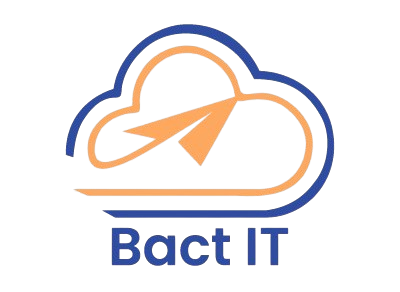Microsoft Azure 104 Administrator

We are committed to equipping individuals and organizations with the tools and expertise they need to thrive in a rapidly changing digital world.
Request A Quote !
AZ-104: Microsoft Azure Administrator Associate
Level: Associate
Duration: 40–50 Hours
Course Overview
The AZ-104: Microsoft Azure Administrator Associate course prepares candidates to manage Azure subscriptions, resources, virtual machines, storage, networking, and security. It is designed for professionals looking to become skilled in managing and configuring Azure services, and it aligns with the certification exam requirements for the Azure Administrator Associate role.
Course Objectives
- Manage Azure subscriptions and resources
- Implement and manage storage solutions
- Deploy and manage Azure virtual machines
- Configure and manage virtual networks
- Manage identities using Azure Active Directory (Azure AD)
- Prepare for the AZ-104 certification exam
Course Outline
Module 1: Azure Subscription and Resource Management
- Introduction to Azure subscription and resource groups
- Configuring Azure CLI and PowerShell
- Managing Azure subscriptions, billing, and cost management
- Implementing resource groups and role-based access control (RBAC)
- Azure Resource Manager (ARM) and Resource Templates
Module 2: Implement and Manage Storage
- Managing Azure storage accounts
- Implementing Azure Blob Storage and Azure Files
- Configuring Azure Storage access tiers and replication
- Securing storage with shared access signatures (SAS) and Azure AD authentication
- Implementing storage replication and backup
Module 3: Deploy and Manage Virtual Machines
- Creating and managing virtual machines (VMs)
- Configuring Azure VM networking and storage
- Managing Azure VM availability sets and scaling
- Implementing virtual machine monitoring and automation
- Deploying Azure virtual machines using ARM templates
Module 4: Configure and Manage Virtual Networks
- Creating and configuring Azure Virtual Networks (VNets)
- Implementing network security groups (NSGs) and routing
- Configuring VPNs, VNet peering, and ExpressRoute
- Securing network traffic with Azure Firewall
- Implementing Azure Load Balancer and Application Gateway
Module 5: Manage Azure Active Directory (Azure AD)
- Managing Azure Active Directory and users
- Implementing conditional access policies and multi-factor authentication (MFA)
- Configuring and managing Azure AD groups, roles, and self-service password reset
- Integrating Azure AD with on-premises Active Directory
- Implementing Azure AD Connect and Hybrid Identity
Module 6: Manage Azure Identities and Governance
- Configuring Azure AD identity governance features
- Implementing role-based access control (RBAC)
- Managing Azure subscriptions and policies
- Configuring resource locks and tags
- Auditing and reporting with Azure Activity Log and Azure Monitor
Module 7: Implement and Manage Azure Security
- Configuring Azure Security Center and Azure Defender
- Implementing identity protection and security policies
- Managing and implementing Azure Key Vault
- Configuring network security features like DDoS protection and Azure Bastion
- Monitoring and responding to security threats with Microsoft Defender for Identity
Module 8: Backup and Recovery
- Implementing Azure Backup and recovery
- Configuring site-to-site backup and replication
- Planning for disaster recovery with Azure Site Recovery
- Restoring Azure VMs and databases
- Managing backup and recovery compliance
Module 9: Exam Preparation and Practice
- Review of all topics by module
- Hands-on labs and practical scenarios
- Practice questions with explanations
- Final mock exam to assess readiness
Target Audience
- IT professionals responsible for managing cloud-based services
- Systems administrators, cloud administrators, and IT managers
- Candidates preparing for the AZ-104 certification exam
Prerequisites
- Basic understanding of cloud computing
- Experience with Windows Server, networking, and virtualization
- Familiarity with PowerShell and command-line tools is recommended
